
Rome is the capital city of Italy with an approximate area of 1,285 square kilometers. The total population of Rome is about 2.873 million (2017). This 2,773-year-old city is famous for its unbelievable architecture with Pantheon, Colosseum, and Trevi Fountain as the main attractions. It once was the center of the Roman Empire that ruled the European continent for ages. It has a Mediterranean climate with mild winters and warm summers. The best time to visit it is in April and July, or September and October.
In this blog, we have picked the top 10 tourist attractions in Rome for you to visit once in your lifetime.
1. The Colosseum and the Arch of Constantine
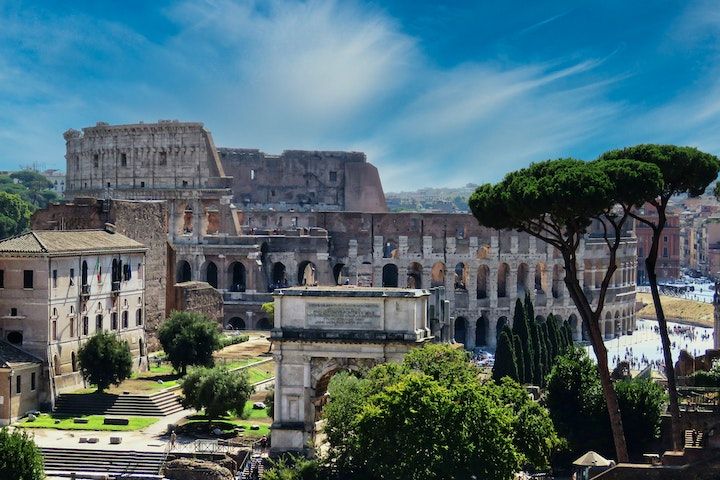
The Colosseum is the largest structure left by Roman antiquity which is still providing the models for sports arenas. The building’s construction began in AD 72 by Vespasian. Later on, his son Titus enlarged it by adding the fourth story and inaugurated it in the year AD 80. It was large enough for festivals, circuses, games, and theatrical performances which the Imperial court and high officials observed from the lowest levels, aristocratic Roman families on the second, and the populace on the third and fourth floors. The Arch of Constantine is located beside the Colosseum, which was erected by the Senate to honor the emperor as the bringer of peace and liberator of the city, after his victory in the Milvian Bridge battle.
2. Vatican City
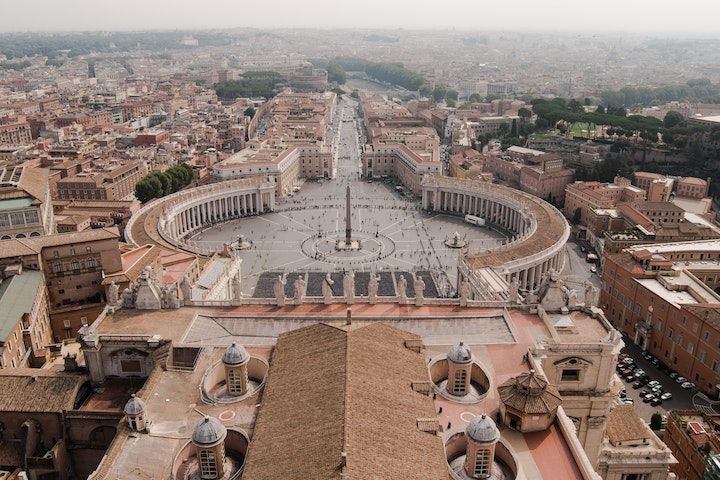
Vatican City, with an area of less than half a square kilometer, is the smallest independent state in the world. Inside it, the Vatican Palace and gardens are located. Besides these, St. Peter’s Basilica, and St. Peter’s Square (ruled by the Pope, the supreme head of the Roman Catholic Church) are some of the major highlights here. This small space offers several things to see including the great basilica and museums. Inside the St. Peter’s Basilica, the masterpiece of Michelangelo, Pieta, is displayed along with statuary and altars by Bernini and others. Similarly, you can find the Raphael Rooms in the Vatican palace, along with the Borgia Apartments, the Vatican Library, and several museums including the Museum of Secular Art, the Etruscan Museum, the Picture Gallery, and others.
3. The Pantheon
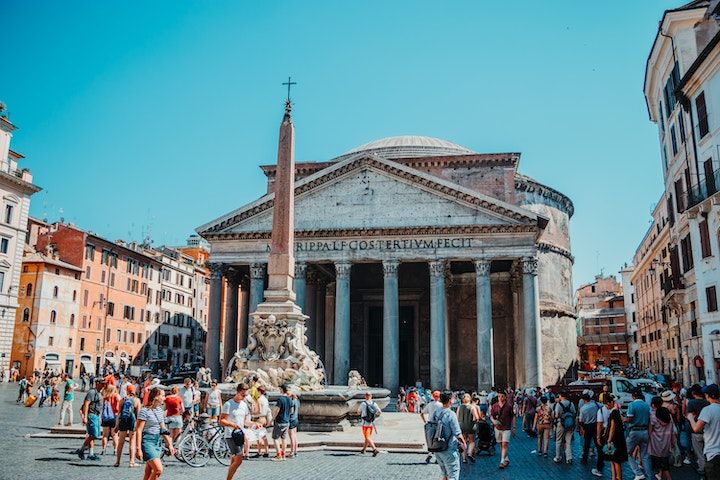
The Pantheon is one of the best-preserved monuments of Roman antiquity and is intact for 2000 years. After being damaged by fire in AD 80, it was rebuilt and its brickwork is extraordinary and shows the amazing mastery of Roman builders. It has a 43-meter dome which is a supreme achievement of Roman interior architecture as it hangs suspended without any visible supports, and a nine-meter central opening is the only source of light in the building. The height and the diameter of this place are the same, giving it a harmonious effect. It has been a burial place for Italian kings and other famous Italians including the painter, Raphael.
4. Roman Forum
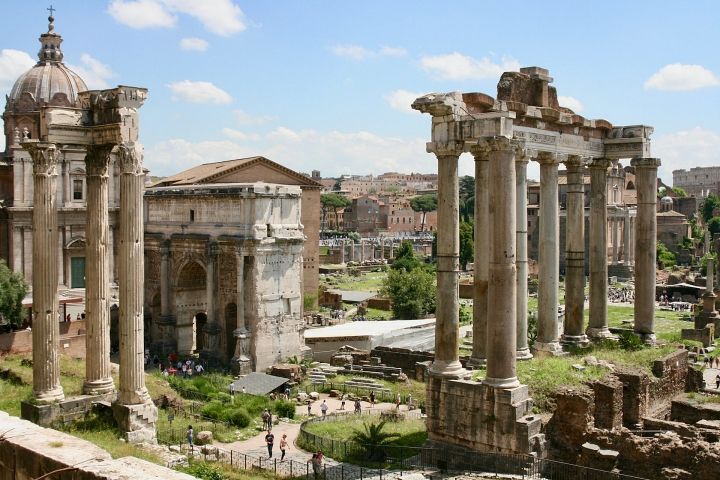
Taking a walk through the Forum is like stepping back two millennia into the very heart of the ancient Roman empire. Although a small fraction of its original splendor is surviving now, the standing and fallen columns, the triumphal arches, and the remains of its walls are still very impressive. Especially when you keep into account that for centuries, the history of the Forum was directly linked to the history of the Roman Empire and of the Western World, it is very eye-opening. Here, the Roman religious and political life was centered, along with the markets, meeting places, and courts. The building fell into ruin in the 7th century, and fortresses and churches were built between the ancient remains. During the 18th and 19th centuries, systematic excavations brought the ancient buildings to light from a 10-meter layer of rubble and earth.
5. Trevi Fountain
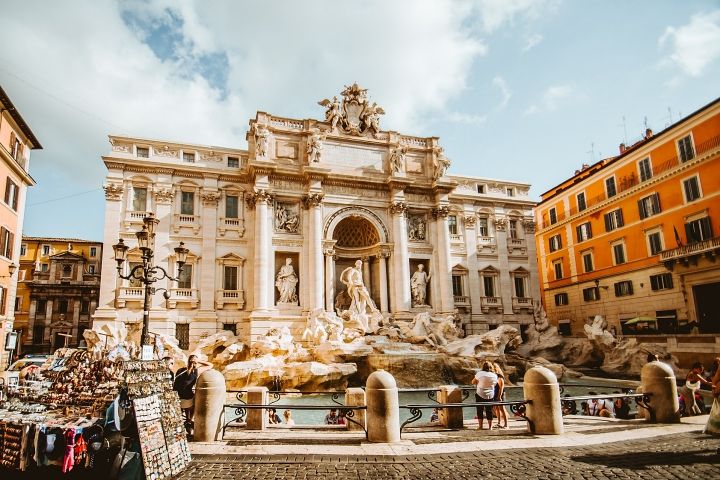
Trevi Fountain is one of the most famous tourist attractions in the city. This 17th-century masterpiece has been immortalized in many films. According to tradition, throwing a coin into the Trevi Fountain is supposed to assure your return to Rome. It is the largest fountain in Rome and is supplied by an aqueduct originally constructed by Agrippa to bring water to his baths. The fountain was built for Pope Clement XII between 1732 and 1751 and is located against the rear wall of the palace of the Dukes of Poli.
6. Centro Storico & the Spanish Steps
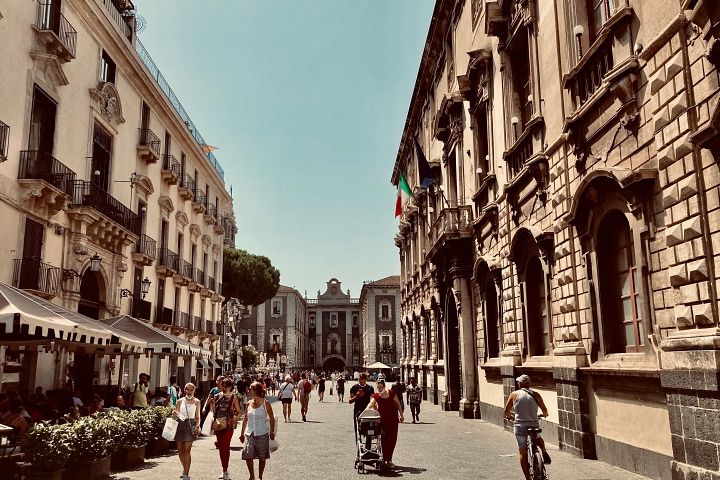
Centro Storico is the historic center of Rome with many art-filled churches, resplendent palaces, and squares that give you a lively vibe and won’t let you get bored during your trip here. Here, you can explore the Spanish Steps, which is a flight of irregular stairs and landings that ultimately lead to the French Church of Trinia de Monti. The stairs are named after Piazza di Spagna, one of Rome’s most typical squares. At the foot of the Spanish Stairs, a boat-shaped fountain known as the Barcaccia is present which was created by Pietro Bernini, father of the great architect Gian Lorenzo Bernini. Just a bit southwest from here, you can find Rome’s most fashionable shopping street, Piazza di Spagna, where Caffe Greco is famous for the frequency of artists, writers, and musicians usually found here.
7. Santa Maria Maggiore
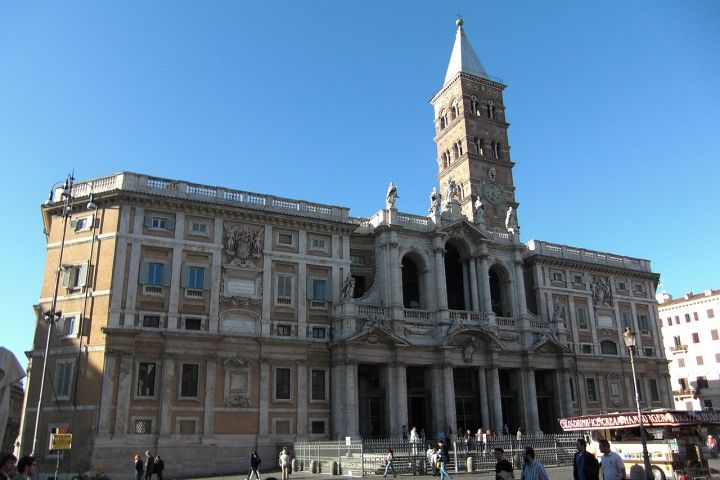
Santa Maria Maggiore is one of the most majestic churches in Rome. Since the fourth century, this church has stood and was made after the vision of Pope Liberius who was directed by the Virgin to build a church where the snow fell the following day. Although it was august, snow fell on the Esquiline hill the next morning and the great church was made here. Since the fifth century, a mass is celebrated here every year. The three aisles of its 86-meter-long interior are separated by 40 columns of marble and four of granite, and the apse added in the 13th century is lined with mosaics of Old and New Testament themes. The upper walls are decorated with the oldest mosaics of Rome, while the floor is inlaid with colored stones in the style of the expert 12th-century artisans of the Lake Como region. It is an important place for pilgrimage as well.
8. Piazza Navona
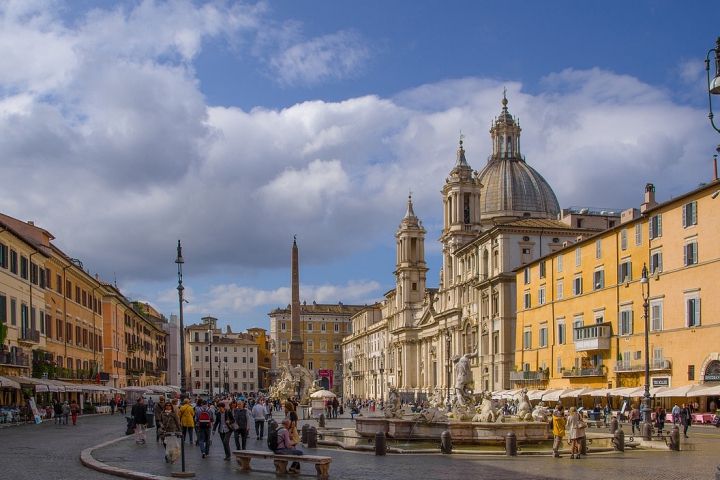
Piazza Navona is the most iconic Baroque square of Rome with the outline of the Roman stadium that was built here by Emperor Domitian. During the middle-ages, it was used for horse races and festivals. Its façade and the dome highlight the Baroque architecture way of weaving concave and convex surfaces, windows, gables, piers, and columns in a unified design. The beautiful centerpiece, the Baroque fountain (Fontana di Fuimi), was created by Bernini. This fountain represents the four rivers of Nile, Ganges, Rio de la Plata, and the Danube, then known as the biggest on each of the known continents. In the square, there are two fountains, a 16th century Fontana del Moro in the front of the Palazzo Pamphili made by Giacomo Della Porta, and the 19th century Fontana del Nettuno with the figure of Neptune.
9. Palatine Hill
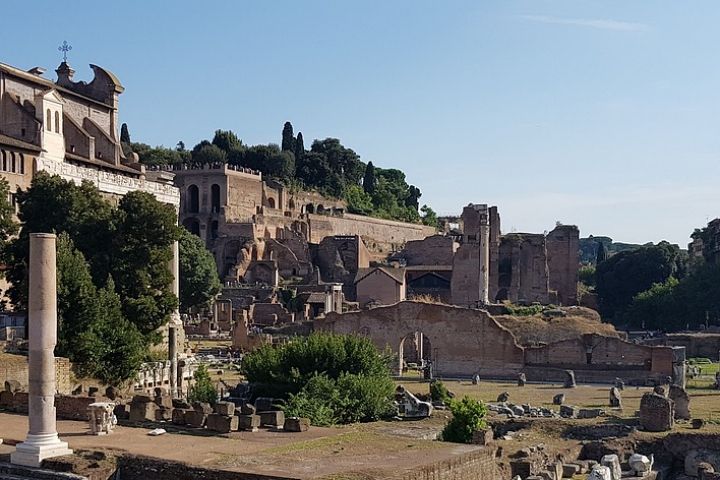
Set almost 50 meters above the Tiber, the Palatine Hill is evidence of the earliest settlement of Rome with rock cuttings found in front of the Temple Cybele showing human activities dating back to the 9th century BC. Later, this site was used by the great aristocratic families and emperors for the palace. In the 16th century, the Farnese Gardens were laid out on the hill for Cardinal Alessandro Farnese. It is a pleasure park of pavilions, lawns, terraces, flowerbeds, fountains, and trees designed as a stage setting for social gatherings.
10. Villa Borghese Gallery and Gardens
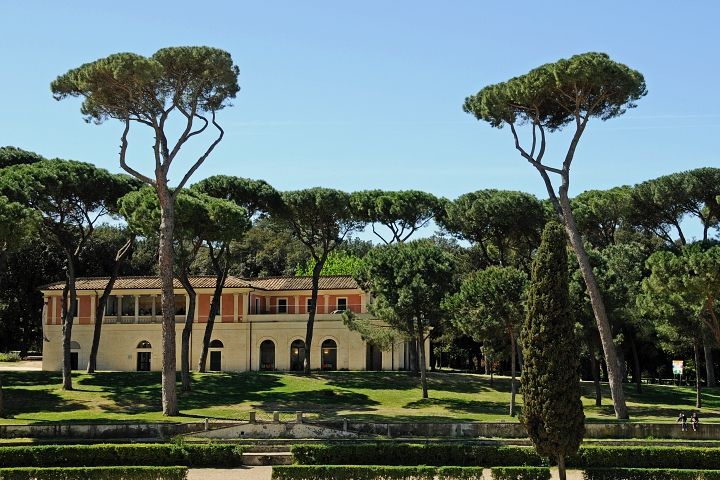
The Borghese Gardens is one of Rome’s largest parks containing several attractions including two museums. The most prominent of these museums is the Villa Borghese which was built as a party villa to accommodate the Borghese art collection, including paintings, mosaics, sculptures, and reliefs from the 15th to 18th century and has works by Titian, Rubens, Caravaggio, and Raphael. Also, the Villa Giulia in the park was built as a summer residence for Pope Julius III in the 16th century and houses the Etruscan Museum. The Park on the premises is built in the style of an English landscape garden with ponds and walking paths.


Hi your location your name